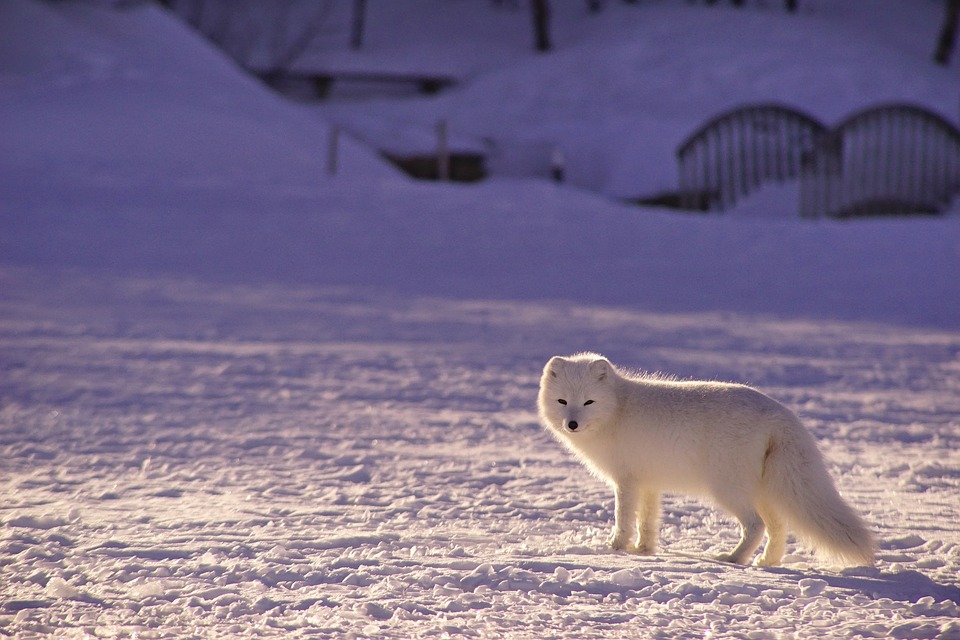Arctic Adventures: Stories of Exploration and Discovery
The Arctic is a remote and inhospitable region, but it has captivated explorers and adventurers for centuries. From the days of the Vikings to modern-day researchers, the Arctic has been a place of incredible exploration and discovery. The stories of these adventurers are filled with danger, excitement, and the thrill of the unknown.
Exploring the Northwest Passage
One of the most famous Arctic expeditions was the search for the Northwest Passage, a mythical sea route through the Arctic that would connect the Atlantic and Pacific Oceans. Many explorers attempted to find this fabled passage, but it wasn’t until 1903 that Norwegian explorer Roald Amundsen successfully navigated it in a small ship called the Gjoa.
Amundsen’s journey was fraught with peril, as the Arctic ice could crush ships in an instant. He and his crew faced freezing temperatures, rough seas, and the constant threat of scurvy. But their determination and skill allowed them to succeed where so many others had failed. Amundsen’s achievement was a triumph of ingenuity and daring, and it opened up new possibilities for Arctic exploration.
Discovering the North Pole
Another legendary Arctic adventure was the race to reach the North Pole, the northernmost point on Earth. Many explorers vied for this prize, including American Robert Peary and Norwegian Roald Amundsen. In 1909, Peary claimed to have reached the North Pole first, but his claim is still disputed to this day.
Amundsen, on the other hand, became the first person to fly over the North Pole in an airship in 1926. This feat cemented his reputation as one of the greatest Arctic explorers of all time. The race to reach the North Pole was a testament to the human spirit and the drive to conquer the unknown.
Living among the Inuit
Not all Arctic adventures were about conquering new territories. Some explorers sought to understand the people who had lived in the Arctic for centuries. Danish explorer Knud Rasmussen was one of these pioneers, spending years living among the Inuit people of Greenland and Canada.
Rasmussen’s expeditions were not just about scientific discovery but also about building relationships with the Inuit and learning from their traditional knowledge. He documented their customs, beliefs, and way of life, helping to preserve a culture that was rapidly changing due to outside influences.
Modern-Day Arctic Exploration
Today, the Arctic continues to be a place of fascination and exploration. Scientists study the region’s unique ecosystems, looking for clues about climate change and its impact on the planet. Adventurers seek out new challenges, from skiing across ice fields to climbing the tallest peaks.
One of the most daring Arctic adventures in recent years was British explorer Pen Hadow’s solo trek to the North Pole in 2003. Hadow braved freezing temperatures and treacherous ice fields, traveling hundreds of miles to reach the northernmost point on Earth. His journey was a testament to the power of human determination and the allure of the Arctic wilderness.
Conclusion
Arctic adventures are filled with stories of courage, perseverance, and discovery. From the early explorers who sought new trade routes to the modern-day scientists studying climate change, the Arctic has inspired generations of adventurers to push the boundaries of what is possible.
These stories remind us of the fragility of the Arctic environment and the importance of preserving it for future generations. The Arctic may be a harsh and unforgiving place, but it also holds a beauty and majesty that is unmatched anywhere else on Earth. As long as there are new frontiers to explore, the spirit of Arctic adventure will continue to inspire us all.
